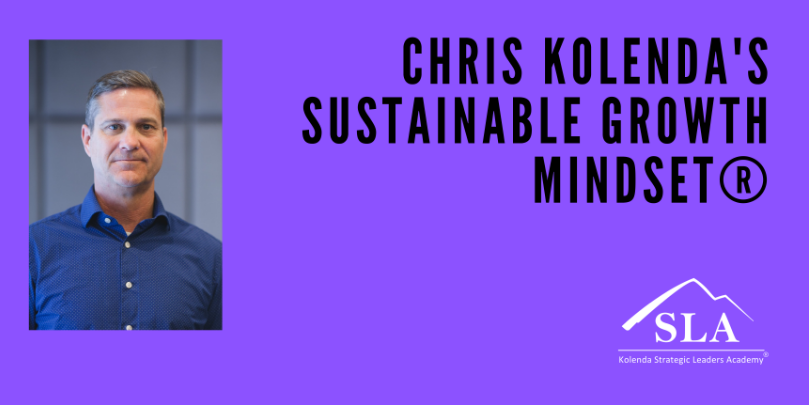Survival Loop; are you stuck in drift mode?
If you get 1 percent better each day, you’ll be twice as good in just 70 days. Imagine the significant impact you can have on your career, health, and relationships if you can focus on making daily improvements. Learn how to break out of the survival loop.

And yet, most people drift. It’s easy to take the path of least resistance and go with the flow – or be overly ambitious about what your future self will do. This is the survival loop at work!
You’ll start that diet on Monday. You’ll work on your business plan after Labor Day. You’ll hire that coach when you have more money. But when? When will the stars align for you to have more time, more money, and fewer demands?
The only time is NOW. Waiting costs you the one thing you can never get back. Your TIME!
Waiting for “the perfect moment” reinforces your bad habits and mires you in the survival cycle.
- Instead of innovating, you’re working harder, guaranteeing you’ll never have more free time.
- Instead of learning better sales and marketing techniques, you’re continually frustrated that you’re not reaching your income goals.
- Instead of hiring and training people to help grow your business, you end up doing it all yourself, even the tasks you dislike and aren’t good at.
- Staying in this survival loop is a recipe for burnout, negatively impacting your health and relationship.
I can always make another buck, says my friend Alan Weiss. I can never make another minute.
The only way out of the “I’m-too-busy / I can’t afford it / I’ll do it later” loop is to take action because you know there will NEVER be a perfect time. In fact, NOT having what you want can provide the exact motivation you need. When you’re HUNGRY, you’re motivated.
You may think, “Chris, I get the importance of personal growth, but here are the problems. Some of these programs become another part-time job, others give you ivory tower stuff that I can’t apply, and then there are the goofballs and charlatans. I don’t know which coaching program or adviser is right for me.”
Sound familiar?
What if I told you that you are exactly right, and that’s why you need to get the right fit?
Applied learning is the essential improvement, and that’s why a trusted adviser is your shortest and most effective path to success.
Look for three ingredients in your trusted adviser:
- First, you need an emotional connection so that you know they have your best interests in mind and won’t waste your time.
- You want someone who gives you new tools, insights, and perspectives — who can help you expand your capacity and capabilities — not someone who just asks you questions.
- You need accountability to apply the right tools, insights, and perspectives at the right time, get feedback, adjust, and refine. That’s what trusted advisers help you do.
No one ever learned to ride a bicycle by watching a TikTok video or reading 3-ring-bound pdfs.
You’re right back on track with:
- “I meet with my trusted adviser for 30 minutes each week. That’s 1/80th of my time. It reduces the spinning and increases the winning.”
- “I stopped a weekly meeting 90 days ago to spend 30 minutes with my coach. No one misses the meeting, and I’m twice as effective.”
- “I save about four hours for every 30 minutes I spent with my adviser.”
To get good at getting better, start with finding the right-fit adviser. We have an entire team of advisers here at Strategic Leaders Academy, and we’ll pair you with the right fit.
____________________________________________________________________________________________________
Get more action steps about leadership and accountability in these recent podcast interviews:
Conflict management and leadership in Wake-up Call hosted by Mark Goulston. https://mywakeupcall.libsyn.com/ep-370-chris-kolenda
Gaining buy-in: Modern Leadership hosted by Jake Carlson: https://jakeacarlson.com/288-biking-1700-miles-for-my-troops-with-chris-kolenda/
Leaders as exemplars in Get Uncomfortable with Shae McMaster: https://podcasts.apple.com/us/podcast/get-uncomfortable/id1557553154?i=1000575764193



















